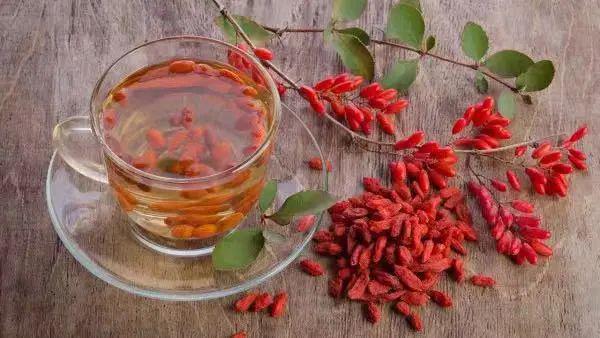
Goji berries are well-known to those who enjoy health preservation, and many people often have their body in their insulated cups. We usually use dried goji berries to make tea, which are the appearance of fresh goji berries dried in the sun. These red fruits are fresh goji berries, like small and shining rubies, with a sweet taste
Fresh and juicy.
You know what? In addition to wolfberry fruit, wolfberry sprouts can also be eaten as vegetables, either raw or stir fried, pickled or boiled. Before and after the Qingming Festival, there is abundant rainfall and suitable temperature, which is a good time for the growth of various wild vegetables. Recently, the low shrubs have been growing happily, and the verdant buds of goji berries have popped out one after another. Spring picking of leaves and autumn picking of seeds of goji berries “refers to the sprouts of goji berries, which are one of the” three fresh fruits in spring “. Now follow us to embark on a journey of popular knowledge about goji sprouts!
Lycium barbarum bud, also known as Lycium barbarum head, Lycium barbarum seed, Beet head, etc., is the tender shoot and leaf of Lycium barbarum in the Solanaceae family. It is usually picked in early spring and has a slightly bitter taste, followed by a sweet and refreshing aftertaste.
Goji berries are perennial plants. When the old branches are cut off in February of the following year, new tender buds will sprout again. The yield of goji berries is very high, usually with tender buds of 5 to 6 centimeters above them.
After harvesting, it will soon grow again in a few days.
All the more than 10 acres of goji berries planted in the base are Ningxia big leaf goji berries, characterized by broad leaves and a faint sweet and bitter fragrance. In order to ensure the quality of goji berry sprouts, the base uses organic fertilizer fermented from green fertilizers such as water grass compost.

No reply content